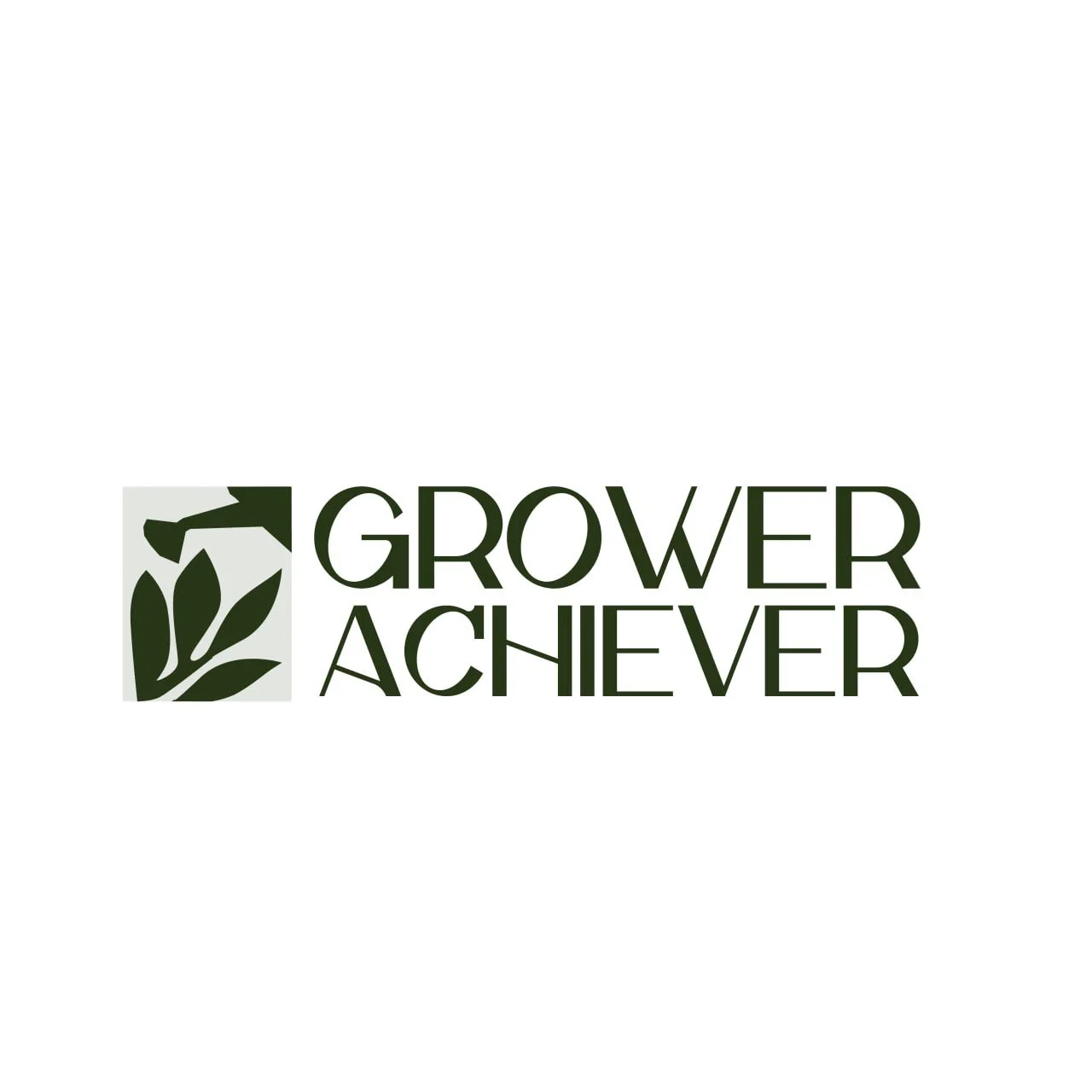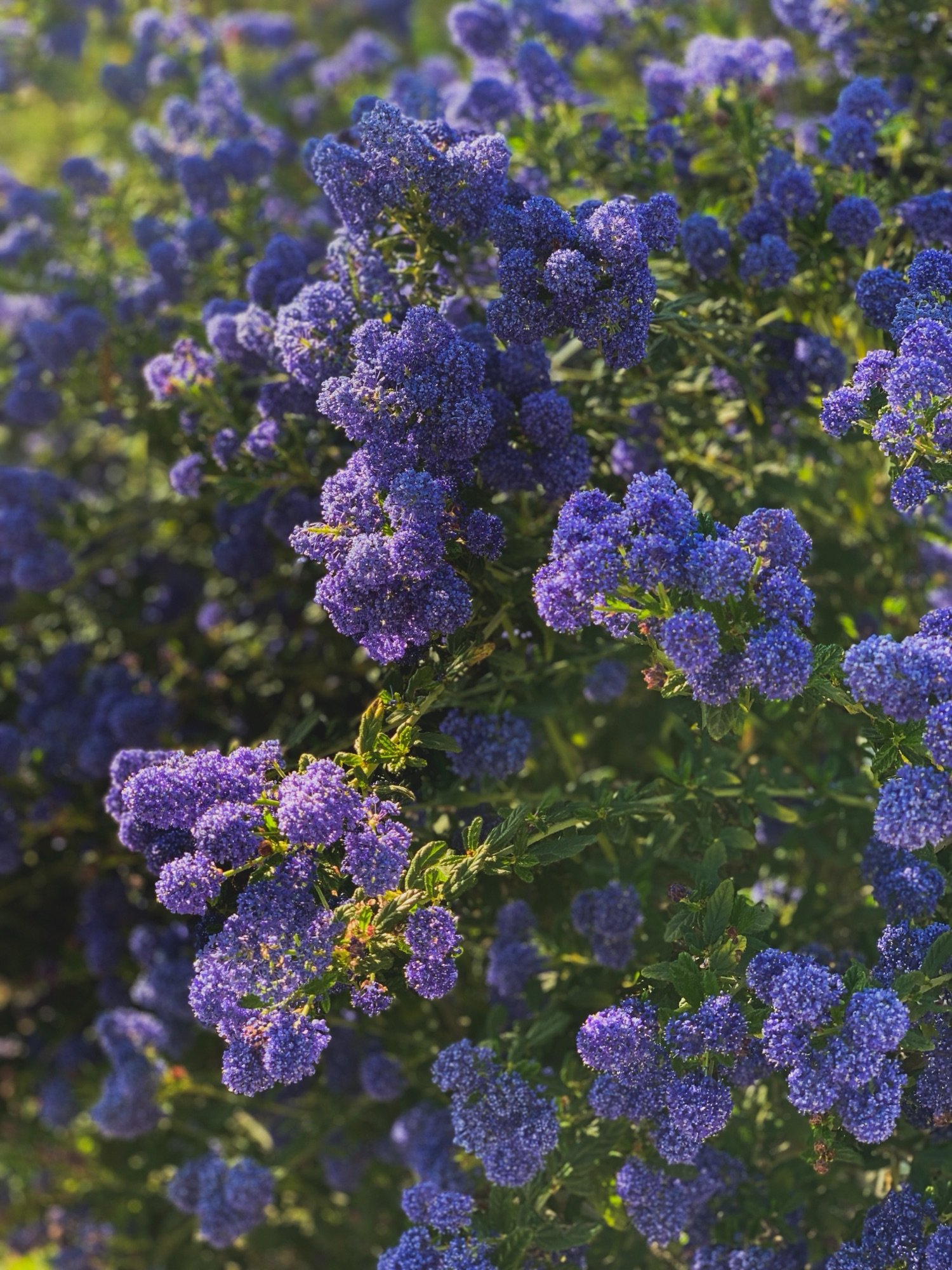Happy Frog Potting Soil: A Problem for Perennials
When selecting soil for perennial plants, many gardeners reach for organic options like Happy Frog potting soil. While this mix has gained popularity for its rich organic content, it may not be the best choice for long-term perennial health. Understanding why requires examining what happens when organic materials decompose in container environments.
What Makes Happy Frog Potting Soil Problematic for Perennials
Happy Frog potting soil contains significant amounts of wood products, bark, and other organic components that create challenges for perennial plants:
Decomposition and Root Rot Risk
The organic matter in Happy Frog potting soil decomposes over time, creating several problems:
Nitrogen depletion: As aged forest products and bark break down, they consume nitrogen from the soil, potentially starving your perennials of this nutrient
Moisture retention: Decomposing organic matter holds excessive moisture, creating anaerobic (lack of oxygen) conditions that promote root rot
Compaction: As organic components break down, the soil structure becomes dense doesn't drain
Drainage Issues with Organic Components
Perennials require excellent drainage to prevent root diseases. The organic materials in Happy Frog potting soil can:
Create waterlogged conditions during wet periods
Prevent proper air circulation around root systems
Encourage fungal growth that leads to root rot
Why Perennials Need Different Soil Characteristics
Unlike annual plants that live for just one season, perennials must grow in the same soil for years. This requires:
Consistent drainage: Prevents root rot during wet seasons
Stable soil structure: Maintains aeration over multiple growing seasons
Balanced nutrition: Provides nutrient availability without fluctuations
For some guidance on selecting the right soil for your perennial plants, visit our post on the best soil for perennials.
Better Alternatives: Why Top Pot Excels for Perennials
Top Pot represents a better choice for perennial plants because it eliminates the problematic organic components found in Happy Frog potting soil:
Inorganic Base Benefits
Top Pot's inorganic composition provides:
Excellent drainage: Prevents water from pooling around roots
Stable structure: Maintains consistent porosity over time
Reduced disease risk: Minimizes conditions that promote root rot
Long-Term Performance
Unlike Happy Frog potting soil, Top Pot:
Doesn't decompose and change structure over time
Maintains consistent drainage year after year
Provides stable growing conditions for perennial root systems
The Science Behind Soil Decomposition and Root Health
When organic materials like those in Happy Frog potting soil decompose, they undergo chemical changes that affect soil pH, nutrient availability, and microbial activity. This decomposition process:
Consumes oxygen: Creates anaerobic conditions harmful to roots
Releases compounds: May produce substances toxic to sensitive perennial roots
Alters soil chemistry: Changes pH and nutrient balance
Making the Right Choice for Your Perennial
While Happy Frog potting soil may work well for annual plants or short-term grows, perennials require soil that maintains its properties over multiple seasons. The decomposing organic matter that makes Happy Frog appealing initially becomes a liability over time.
Consider these factors when choosing soil for perennials:
Drainage consistency: Will the soil maintain good drainage for 3-5 years?
Structural stability: Does the mix resist compaction over time?
Disease prevention: Are you minimizing conditions that promote root rot?
Professional Recommendations
For gardeners serious about perennial success, investing in a stable, well-draining mix like Top Pot provides better results than organic-heavy options like Happy Frog potting soil. The cost difference is minimal compared to the expense of replacing root-rotted perennials.
If you're planning a perennial garden and want advice on soil selection and plant placement, consider our garden and farm consultations for guidance specific to your growing conditions.
Conclusion
While Happy Frog potting soil can have its place in the garden, perennials deserve a soil mix designed for their unique needs. By choosing alternatives like Top Pot that prioritize drainage and stability over organic content, you'll create better growing conditions and reduce the risk of root rot that can kill perennial plants.
Remember the best soil for perennials is one that maintains its benefits year after year, not one that changes as components decompose. Your perennials will reward you with growth and long life when given the growing medium they need to thrive.


